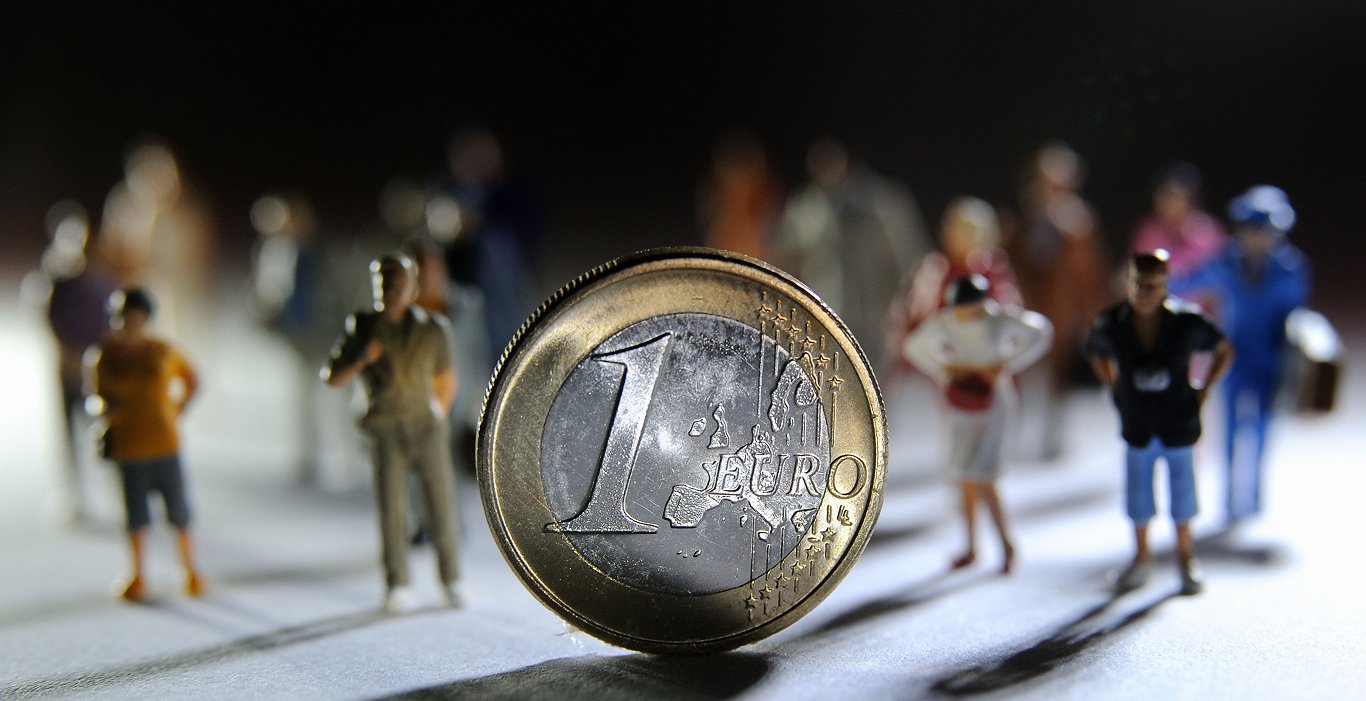Pressure to devalue the lat during the crisis
The way towards introducing the euro was slow and fraught with obstacles. Before the 2008-9 global financial crisis, plans to join the European Monetary Union were thwarted by double-digit inflation. During the crisis, however, the account deficit was too high. Following the crisis, therefore, the government did what it could to keep macroeconomic indices in check.
Eighteen months before introducing the euro, Latvia reduced its value-added tax (VAT) to a level comparable to the neighboring states; and there were also worries about meeting the inflation criteria, reminisces Valdis Dombrovskis, who steered the government during this fraught time.
During this time, there was significant pressure to devalue the lat, with proponents saying it would have boosted the competitiveness of the economy.
Dombrovskis, currently serving as one of the Vice-Presidents of the European Commission, disagrees. "Any temporary gains in competitiveness would have quickly been eaten away by inflation. Likewise, this would not have solved structural problems in the Latvian economy. Therefore it was better to solve problems right away, carrying out substantial structural reforms," says Dombrvoskis.
Significant savings for the economy
Economists at the Bank of Latvia - the country's central bank - estimate that yearly savings from eurozone membership are at about €200 million.
Part of this is in the form of having access to cheaper credit and servicing the country's debt, but there are other ways the euro can help people and institutions save money. "Both Latvian companies and regular citizens have a chance to travel and conduct transactions in Europe without currency conversion. This saves some €70 million each year," says Mārtiņš Bitāns, an economist at the Bank of Latvia.
An intangible benefit is also a feeling of stability, argues Bitāns. He says people are less inclined to panic over their savings and less prone to overreacting to financial rumors.
"People often went to exchange points and banks and switched their savings from lats to euros and back again. Often this exchanged money left Latvia as people and businesses chose to keep this money outside the country. The money left the economy and it had a negative effect on growth," says Bitāns.
He also argues that, should the lat still be in place, people would have reacted the same way towards the crash of AB LV and the detention of Bank of Latvia president Ilmārs Rimšēvičs.
Nevertheless around 50% of Latvians still have lats stashed away in their homes. "Of course, I have saved some lats. At one time I was collecting the limited-release lats with the stork and other different motives. So, yeah, I still have some savings in lats," reveals Valdis Dombrovskis.
About 94% of the lat banknotes and one third of the lat coins have been exchanged for euros as of now.
Bank of Latvia economist Mārtiņš Kazāks meanwhile says the European Central Bank may increase its interest rates this fall, if the economy is evaluated as well-performing. Higher interest rates could encourage spending, he says. The rates would be increased very gradually, however, he adds.
Lithuania joined the eurozone a year after Latvia. Other so-called "new" EU member states do not seem to be in a rush to join the European Monetary Union.
#Euro celebrates 20 years today, Latvia joined #Eurozone five years ago on January 1, 2014. Overall, it has been remarkable journey for our common currency. Happy Birthday €!
— Edgars Rinkēvičs (@edgarsrinkevics) January 1, 2019





























